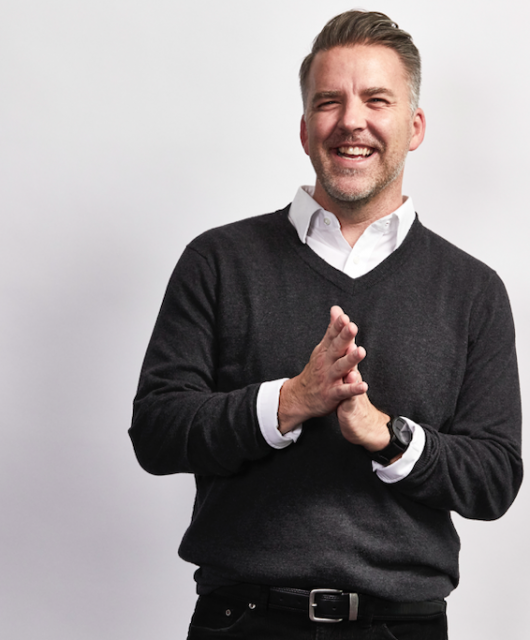Chicken Or Egg Dilemma In The Modern Brand Management
By Danil Starobogatov, Head of Global Brand Marketing Strategy at Etihad Airways

Do you build your brand by following your customer needs or a customer is choosing your brand because of a shared belief?
It is that well-known causality dilemma about chickens and eggs, but transported into the brand world – in other words, which came first: your audience or your brand?
Immediate reaction is that your audience is the foundation of your brand – you’ve carefully studied the market and consumers, researched their pain points and built your brand around addressing them (hopefully). Therefore, it was the audience-came-first approach – logically, it made you relevant to the selected group of consumers.
Should be a win, right?
However…
Does this make your brand desirable? How do you differentiate yourself from hundreds of other brands (chances are they also did this research, they’re also addressing pain points (maybe, even better than you, who knows?)
We live in a world where CHOICE is truly unlimited – for every category, consumers have thousands of options. Add in our inability to forecast for out-of-ordinary events and even emergencies such as COVID and, all of a sudden, you see your well-researched consumers changing their behaviors, shifting to different priorities and simply consuming different things. Chances are, you won’t be able to run a focus group quick enough to figure out exactly what shift is and how your offering needs to pivot.
That’s why, you see what you today from brands across the world – lack of insights and shallow actions and messages with no meaning across the board.
The audience-first approach is, of course, the logical way to build a strong brand, but certainly, not the most effective in the long run.
Which came first: your audience or your brand? What if I rephrase this into: Conformity or Authenticity?
Now, it’s a totally different story, right?
If you start your brand building with a certain belief that is strong enough and will consistently dwell on it across all channels and back it up with actions, the right audience will come – the audience that is loyal from day 1, that won’t leave you because of disruptions, and that will advocate for you. All because of you and them sharing the belief.
As Jeff Bezos once said about Amazon: “We are stubborn on vision. We are flexible on details.”
Enough said.
Another way to rephrase the dilemma above is to ask this:
Which is more important: Audience quantity vs Audience quality?
- You are reaching millions with your ads? Meaningless, of course
- You have 10M of followers on social media? So what?
- You have 10M users of your product? Better, but how future-proof these users are? Do they really share your brand values or simply like your product? Will they stay with you if they grow up, change jobs, get married?
Millions of followers don’t mean anything. Mass reach is meaningless. This shouldn’t be news to you, but how do you, as a brand owner, curate the audience and filter out the segments that don’t or won’t fit with your future brand world?
This is of extreme importance, especially for established brands, since most of them have gone through the cycle of prioritizing mass reach, buying likes, growing followers, and accumulated millions of customers not necessary strongly attached to their brand core.
Look at Nike – always a great example when it comes to pretty much all things brand. Not sure, if that was by design, but their now famous Kaepernick campaign has done just that.
Immediately after the release, shares of Nike dropped and speculations started the campaign would lead to a drop in sales. To be sure, Nike has taken some criticism from customers who opposed the NFL player’s actions. Sentiment toward the brand dropped 38% during that period. What happened soon afterwards? Sales grew, stock has jumped 31%, sentiment has grown by 40%.
…But what it has to do with the audience, you may wonder?
If you look deeper into these dynamics, you’ll learn that this stock sell-off and buying back has been driven by totally different audiences. According to the data from Robinhood, a total of 15,191 investors added Nike to their portfolios the week the campaign launched, up 45% from a week prior. Moreover, investors on Robinhood were buying Nike stock 300% more than they were selling, compared to 12% a week prior to the campaign. And these were mostly millennials (average Robinhood audience).
With this controversial, completely on-brand activity, Nike has dropped off customers and followers who did not belong to the Nike brand and gained new, younger, more socially aware and responsible audience – it was a clear quality vs quantity play and commercial gains did not wait for long to come.
In other words, brand beliefs, authenticity and quality of your audience are the things that should be prioritized at all times and all costs
- Be true to the core
- Do not wag under pressure
- Review your customers regularly against the future
Its that easy (its not).





